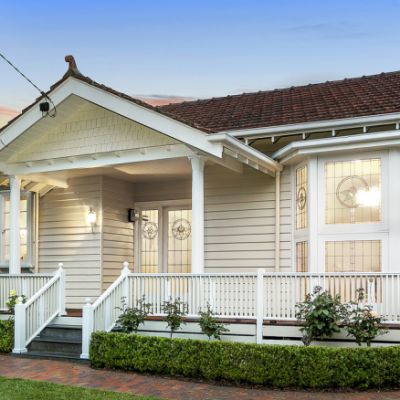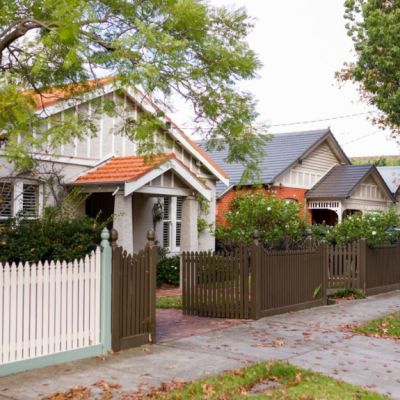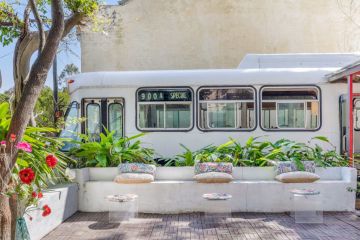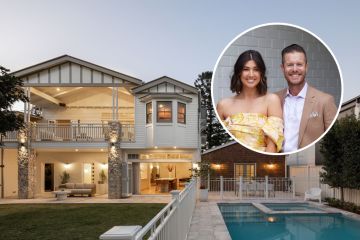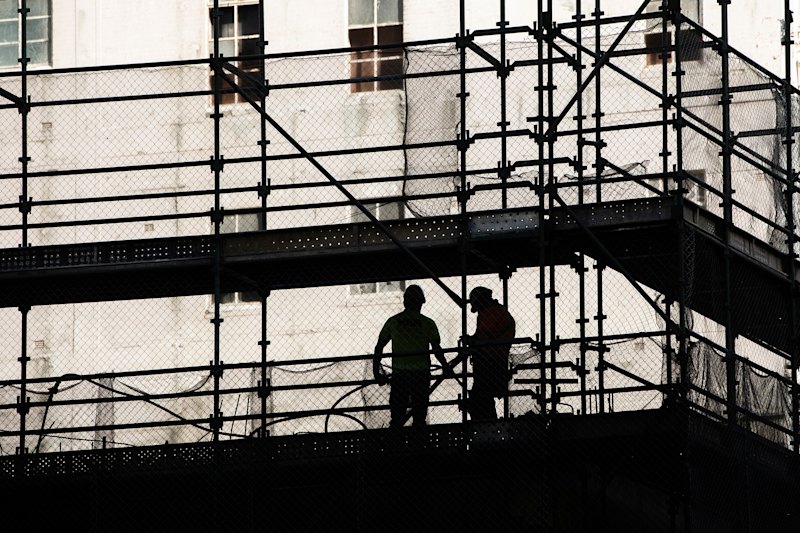Should you buy or sell first? Experts reveal the best strategies for upgraders
Upgrading your home is an exciting time, but juggling the purchase of a new property and the sale of your existing home can be tricky. It’s often hard to know whether to sell or buy first, as you will likely need the proceeds of the sale to fund the new purchase, but also somewhere to live throughout the process.
Market movements can further complicate the issue. “Years ago it was normal to sell before you bought,” says Real Estate Institute of NSW president Leanne Pilkington. “Nobody even thought about buying first.”
The boom market of the past five years made buying first less of a risk, as properties were more likely to sell well.
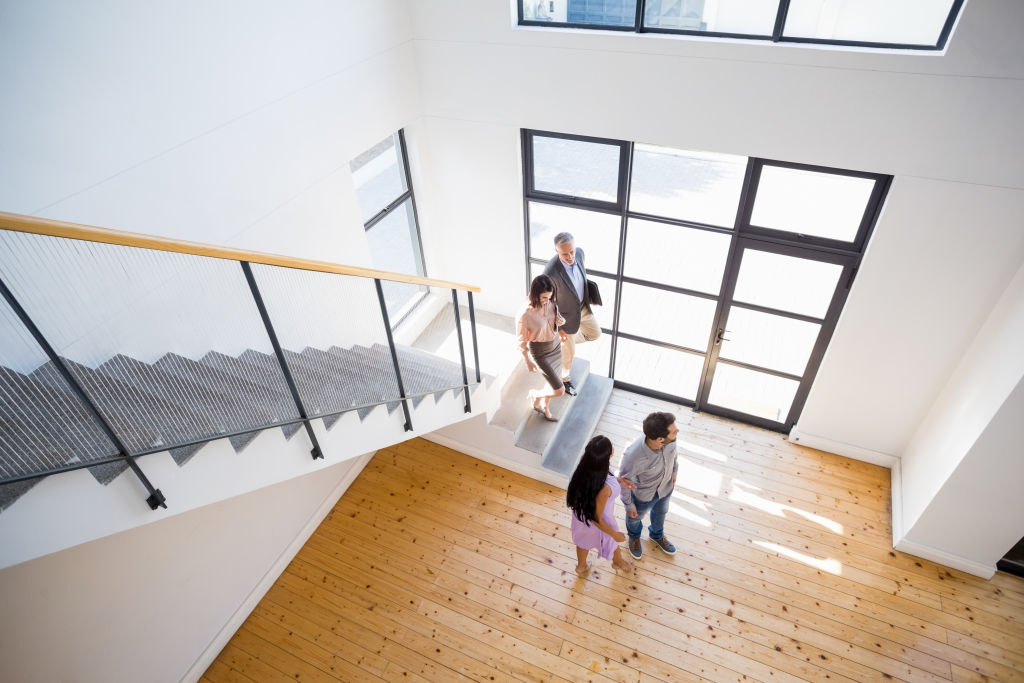
“In that really strong boom market, a lot more people were buying first and selling afterwards,” says Mayfield Property Buyers director John Carew. “In the last 12 to 18 months we’ve seen a move back to selling first.”
But while a downturn means properties can take longer to sell, it also makes upgrading less expensive, according to Property Planning Australia managing director David Johnston.
“It’s a good time to upgrade,”
he says.
“Generally speaking the prices are getting closer together, and the bigger the values the bigger the benefit in dollars.”
Advantages of buying first
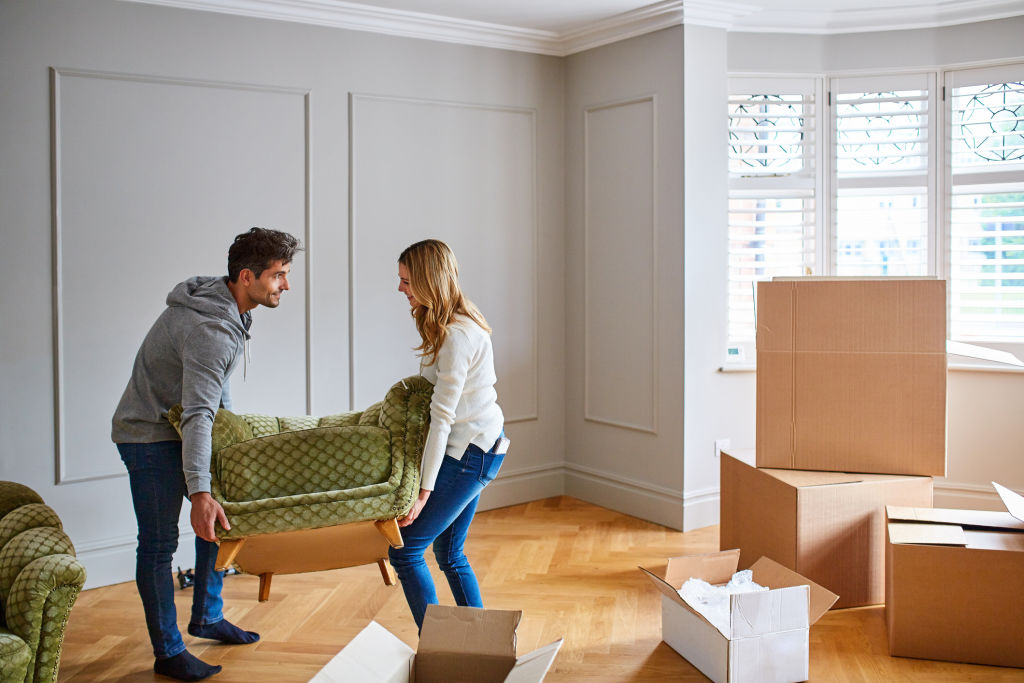
Purchasing your new property before selling allows greater control over asset selection, but relies on having a strong financial position.
“Certainly the preferable option is to buy first,” Johnston says. “You’re making decisions in your own time frame.”
Buying first isn’t an option for most upgraders, according to Johnston, but high income earners with good equity are better equipped because securing finance for the new purchase is easier.
“You’re ultimately getting approval as if you’re going to be keeping the existing property,” he explains.
Prices are getting closer together, and the bigger the values the bigger the benefit in dollars.
For those without the means to hold two properties, bridging finance can cover the cost of the new purchase until the existing property is sold, although interest rates are slightly higher and finance is contingent on the sale.
This added cost may pay off for some sellers, according to Carew.
“If it’s a matter of bridging finance for a couple of weeks to secure an extra $50,000 on a sale price and avoid moving twice, that could be money very well spent,” he says.
Buyers who rely on the sale of their home to fund the new purchase have less flexibility when buying first, increasing the pressure to sell by a firm date.
“It’s really important that you have your existing house ready to go,” Johnston states. “If you don’t sell, you can’t settle.”
Why selling first is safe
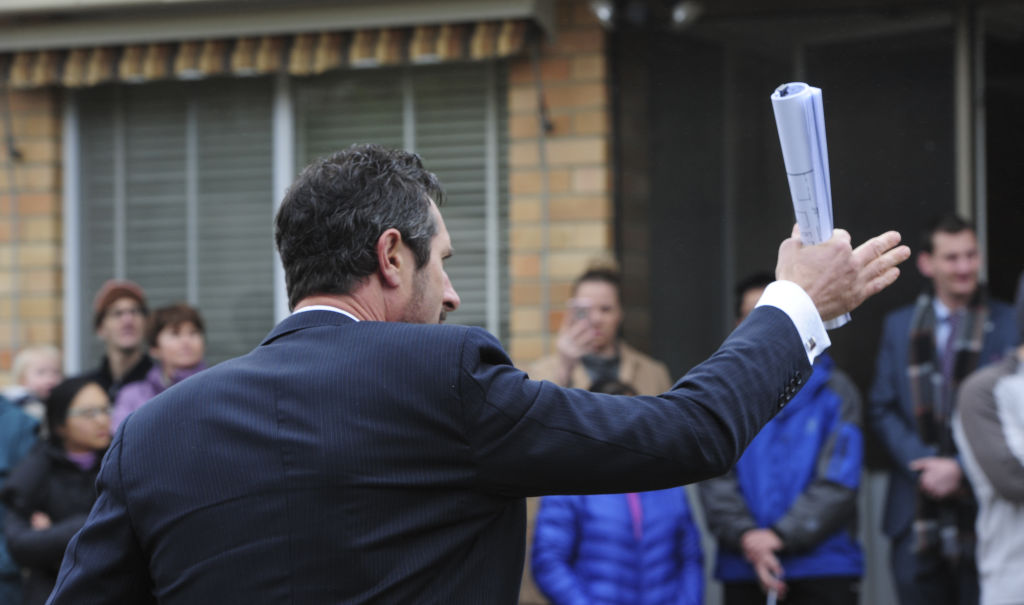
Selling before buying reduces risk and provides the certainty of a set budget, according to Johnston. “You know your exact finances,” he says.
Having funds ready for a purchase is advantageous for decisive buyers, but the need to act fast can be a downside. “You have pressure to buy within a time frame, and that can lead to poor decisions making,” Johnston explains.
An extended settlement period for the sale of your existing property can provide additional time to choose the right home, and ideally should coincide with settlement of the new home.
On the other hand, renting for a brief period after the sale can allow a more thorough decision-making process when buying. Although it requires moving twice, it’s useful when moving to a new area.
“Trying before you buy is a good way of validating your desire to live in that area,” Carew says.
Tips for getting it right

The key to success is managing both sides of the transaction at the same time, with as much focus placed on choosing an agent and pre-sale preparation as on asset selection. “You do need to be doing those things simultaneously,” Johnston says.
Holding a property for rental income and selling at a later date is another option. “Not a lot of people can afford to do that, but it’s a long-term play,” Pilkington says.
Local market knowledge is invaluable, and can help upgraders decide which step to take first.
“You need to understand the attraction of your property and the actual area you’re selling in,” Pilkington says.
“Get advice from a local agent and have a look at what’s going on in the market yourself.”
We recommend
We thought you might like
States
Capital Cities
Capital Cities - Rentals
Popular Areas
Allhomes
More
